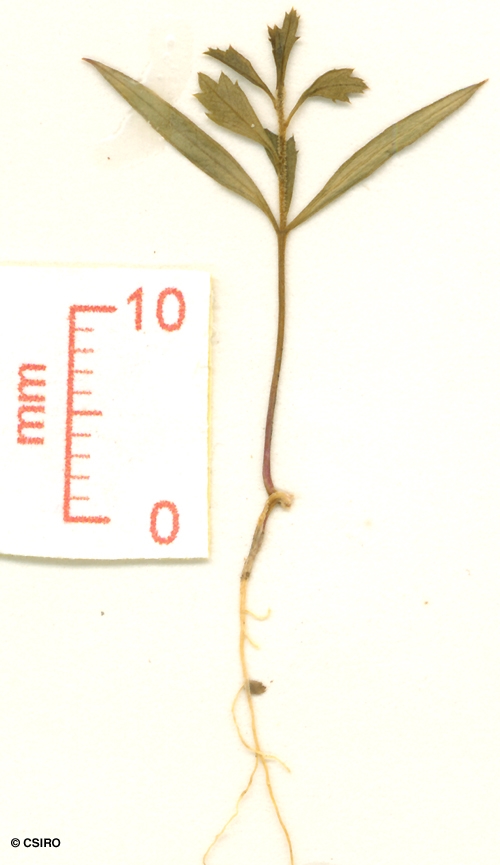Australian Tropical Rainforest Plants - Online edition
Bursaria spinosa Cav. subsp. spinosa




Cayzer, L.W., Crisp, M.D. & Tellford, I.R.H. (1999) Australian Systematic Botany 12(1): 127.
Orange, Mock; Spiny Bursaria; Mock Orange; Australian Blackthorn; Bursaria, Sweet; Blackthorn; Blackthorn, Australian; Blackthorn, Native; Box, Native; Box, Prickly; Box, Spiny; Prickly Box; Bursaria, Spiny; Spiny Box; Native Blackthorn; Native Box; Native Olive; Olive, Native; Pine, Prickly; Prickly Pine; Sweet Bursaria; Box, Thorn
Blaze conspicuously layered. Blaze odour resembling that of Pine (Pinus spp.).
Cotyledons linear, about 10-12 x 1-1.5 mm, with an intramarginal vein. First pair of leaves with toothed and/or lobed margins. Most leaves (after the first few pairs of leaves) have a spine about 5 mm long in the axil and toothed stipule-like leaves on each side. Seed germination time 31 to 152 days.
Endemic to Australia, occurs in NEQ, CEQ and southwards to Victoria and South Australia. Altitudinal range in NEQ from 900-1100 m. Usually grows in open forest or wet sclerophyll forest, occasionally on rain forest margins.
Food plant for the larval stages of the Bright Copper and Dull Copper Butterflies. Common & Waterhouse (1981).
This species has been used in modern medicine. The leaves contain aesculin which has several medical uses. Cribb (1981).





